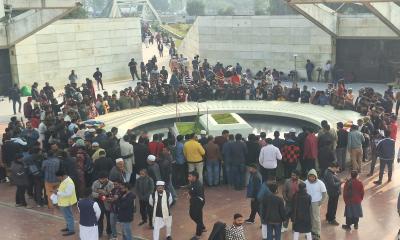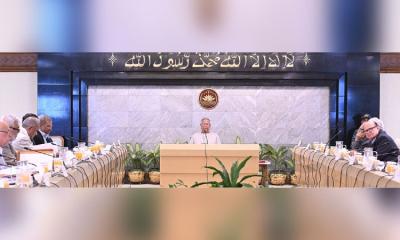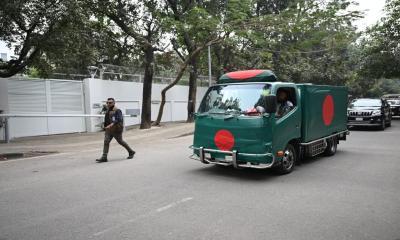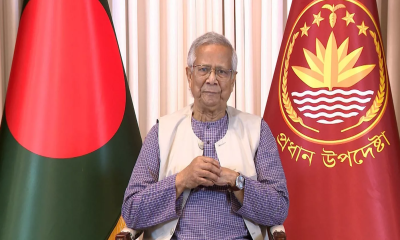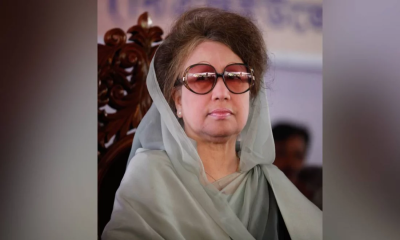Mariam Akter, aged five, got admitted to playgroup at YWCA Higher Secondary girls’ school early last year. She went to school after her session started in February and attended her classes for the next few days until her school shut down in late March due to the first cases of Covid-19 in the country.
Over a teleconversation with this correspondent, Mariam Akter said that she enjoyed going to school much more than attending online classes.
“I have two friends in my school. I used to play with them regularly after school. Now that my school is closed, I cannot play with them. I have to sit in my home all day long and I don’t enjoy that at all,” she said.
Not only Mariam Akter but millions of students in Bangladesh have similar stories to tell. It may come as a surprise, but several million students are still waiting to attend schools for the first time as the educational institutions in the country have been closed since 17 March, 2020.
A recent report entitled ‘First day of school `indefinitely postponed` for 14 crore first-time students around the world’ published by UNICEF states, almost 40 lakh first-time learners from Bangladesh are waiting for their first day of in-person learning for over a year and counting.
According to the report, Bangladesh has the second-longest Covid-19 school closure in the world. The prolonged closure of educational institutions in Bangladesh throughout the pandemic has affected over 40 million students from the pre-primary to the higher education level.
The Unicef report also said, the longer children remain out of school, the less likely they are to return as they face increased risks of violence, child labour and child marriage.
Nafiza Ferdowshi, assistant professor of the Department of Educational and Counselling Psychology at the University of Dhaka said, “children now have to attend online classes instead of in-person learning but online classes are not as interactive as the latter. As a result, children are lagging behind in getting a proper education.”
Roshan Arabi Ushno is a five-year child living in Gazipur. He got admitted to grade one in an English medium school recently. He also could not pass his first day on school premises due to the shutdown of educational institutions.
Ushno’s mother Rezwan Nosin Snigdha told this correspondent that children socialize through hanging out with their friends. Since her son cannot go to his school, he does not have any friends. Consequently, he is getting more introverted day by day. It is hampering his mental growth.
According to the government survey last conducted in 2016, there are 63,60,1 govt primary schools in the country. More than 2.19 crore students’ study in these schools.
To ensure continuity of learning during school closures, the Ministry of Education (MoE) and Ministry of Primary and Mass Education (MoPME) implemented distance learning programs via ‘Sangsad TV’ and on their online platforms: e-connect, Facebook and YouTube. The first TV-based broadcast under this initiative aired on 29 March, 2020.
But the experts are saying that a significant number of children are left out of online education due to lack of necessary facilities.
According to a world Bank Report conducted in July last year, only 48 percent of students have access to a television, 39 percent of students have access to “Sangsad TV” and only 34.8 percent of the students had access to a smartphone, and 3 percent had access to a computer.
Reefat Bin Sattar, director of program development and quality of Save the Children in Bangladesh said “While the government continues to run online classes to keep children active in education, many children and their families do not have the necessary facilities to participate in online classes. There are also lots of other effects of this prolonged shutdown. Save the Children is trying to help the government and the children to make their educational life better by helping them with their problems.”




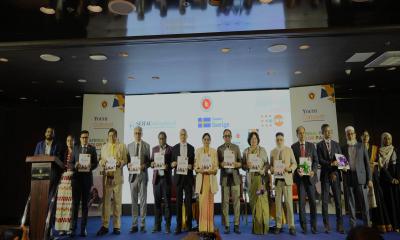

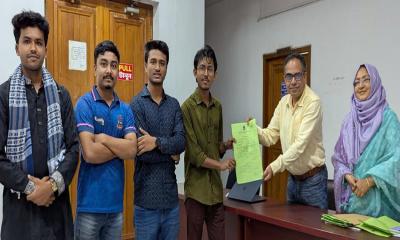


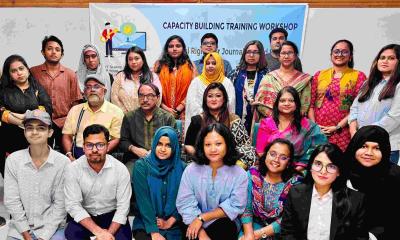
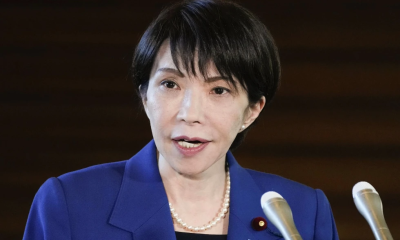

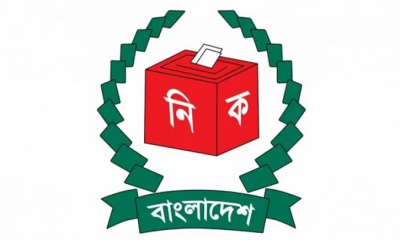
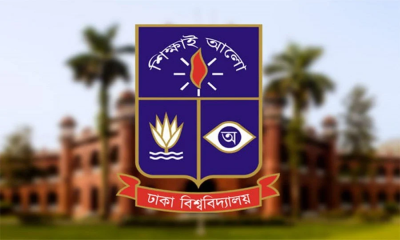
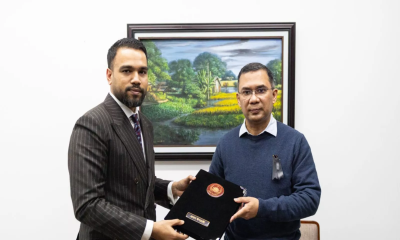




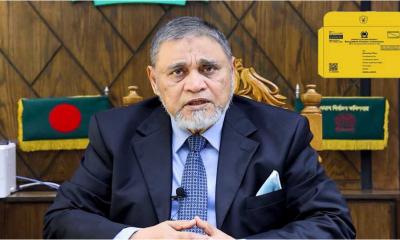




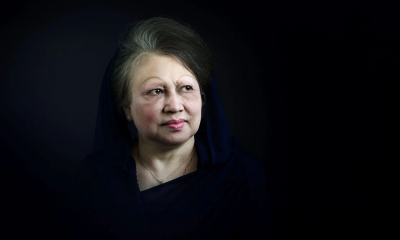
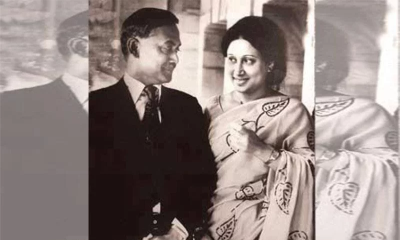
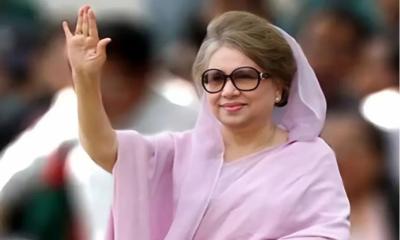
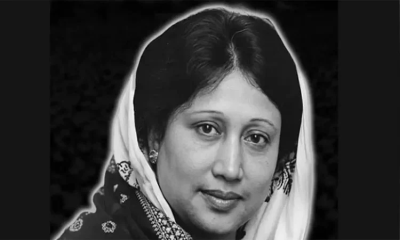
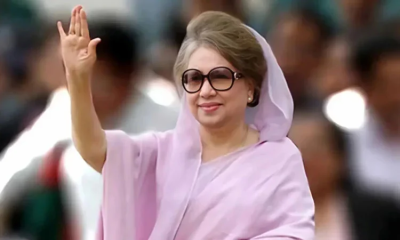


-(2)-20260102070806.jpeg)
-(25)-20251122062715-20260105041159.jpeg)
